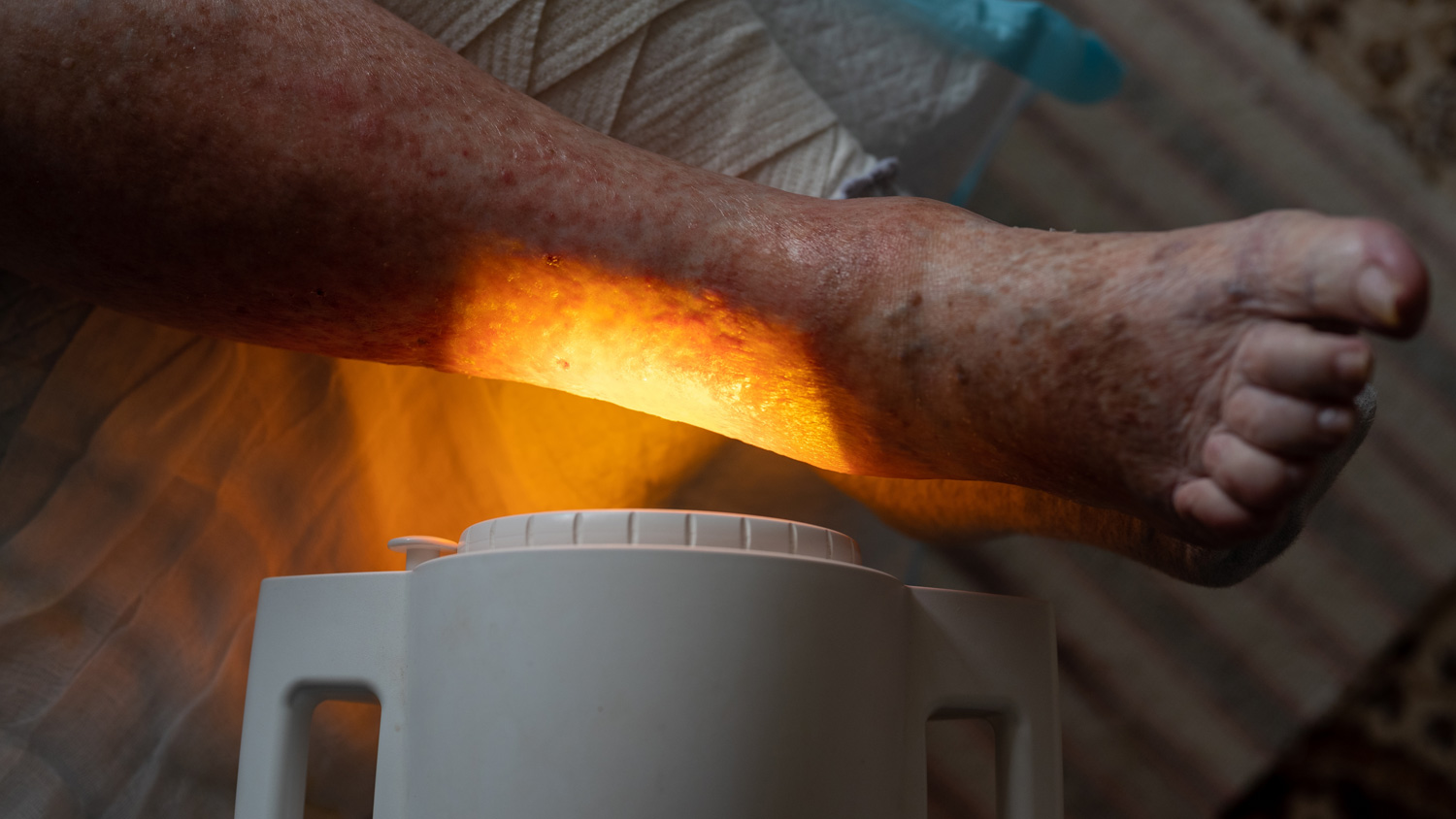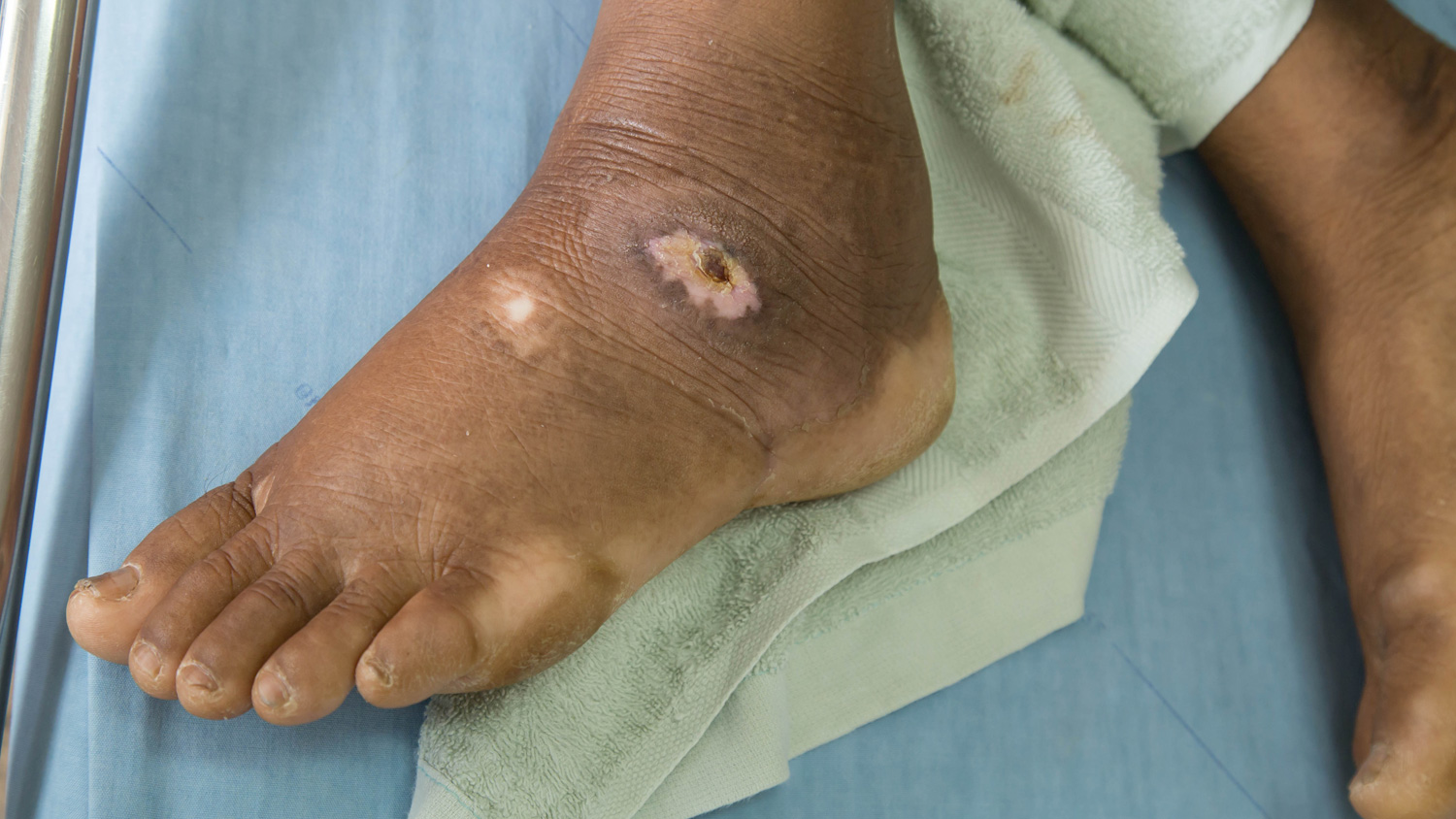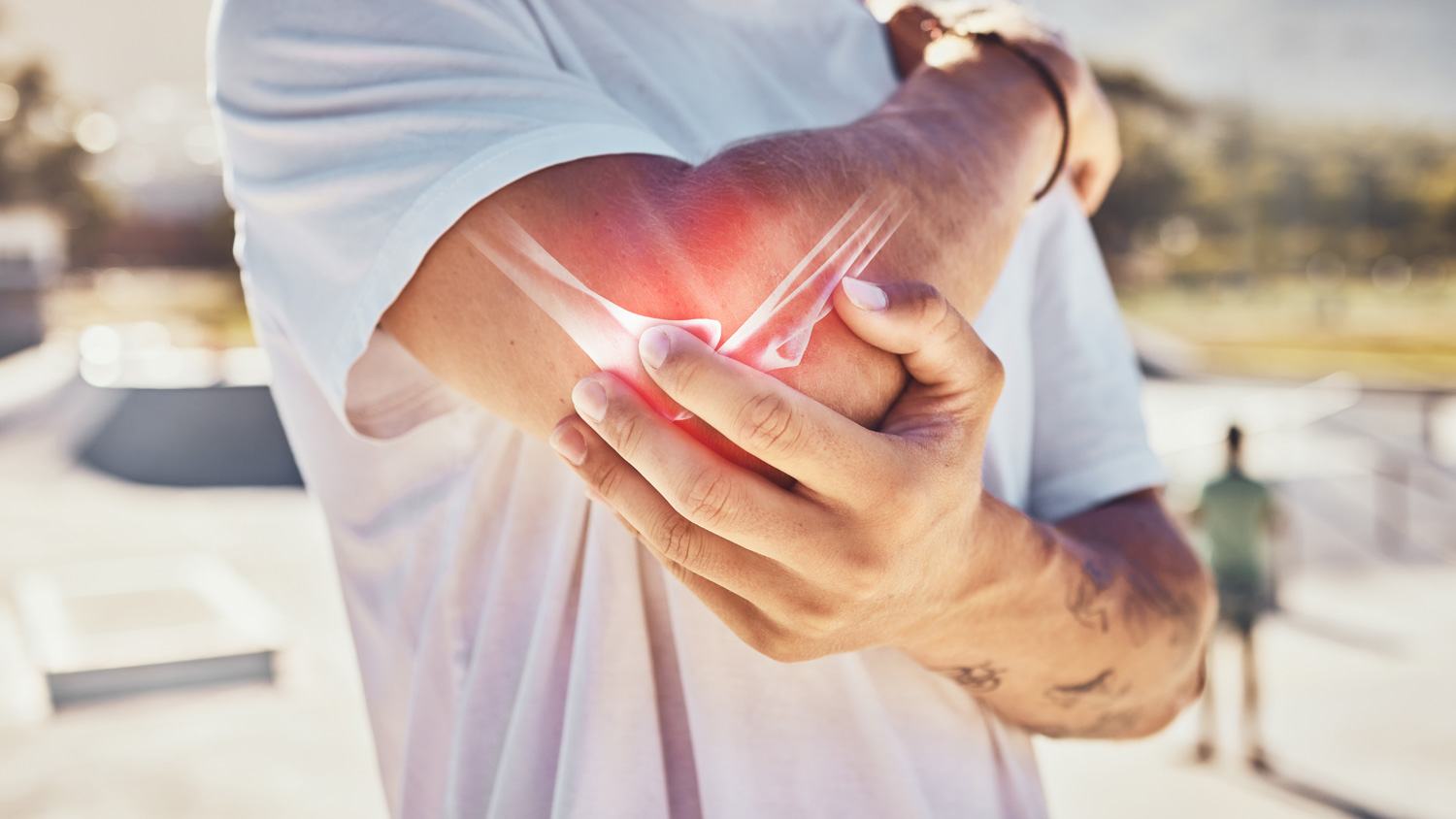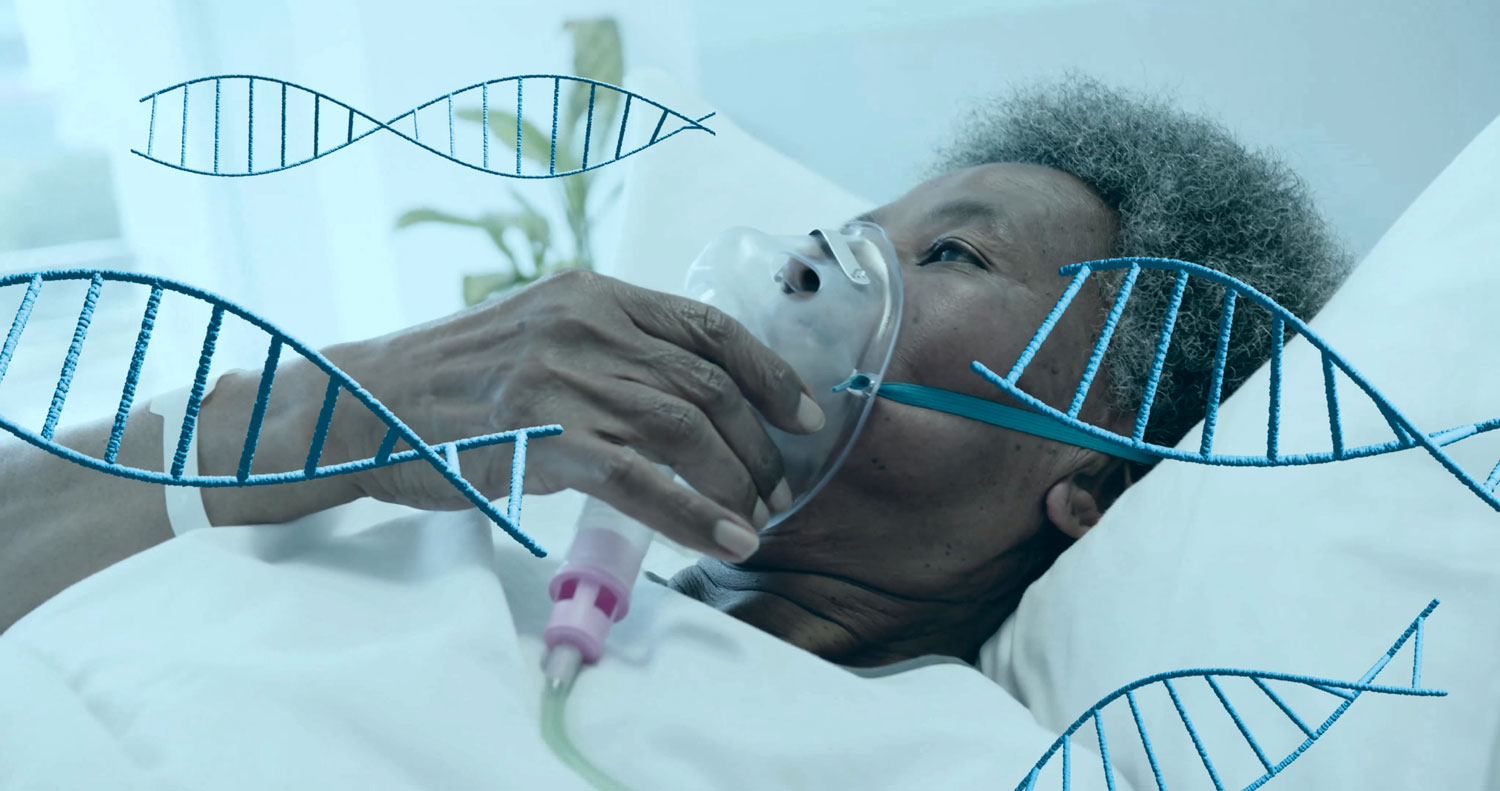
The Healing Power of Light
Photobiomodulation in Chronic Wound Healing
Written by Dr. Fiorella Guerra
Physiological mechanisms, clinical evidence, and benefits as an adjuvant in regenerative therapies
When we think of wound healing, we imagine a natural process that progresses on its own in a short and predictable time. However, in many people, especially those
with circulatory problems or metabolic conditions such as diabetes, this process becomes slow, incomplete, and sometimes painful. This is how chronic wounds arise: lesions on the skin or underlying tissues that do not follow the normal healing process and remain open for weeks or even months.
Their impact goes beyond the physical: they cause pain, limit mobility, and affect quality of life, both emotionally and socially.
In this context, the application of LED light, also known as photobiomodulation, has emerged as an innovative therapeutic tool and an excellent adjuvant in regenerative therapies.
This approach combines advanced science with safe, painless, and accessible technology, providing medical and aesthetic benefits that complement traditional
treatments.
How does LED light act on the body?
Photobiomodulation uses specific wavelengths, primarily in the red and near-infrared range, to stimulate cellular processes. When the skin and tissues receive this
light energy, the mitochondria (organelles responsible for producing energy within the cell) absorb the photons.
This process increases the production of ATP, the cell’s “energy currency,” improving its capacity for repair and regeneration. The effect is especially noticeable in fibroblasts, cells responsible for producing collagen, an essential component in wound healing.
In addition to increasing cellular energy, LED light regulates the release of nitric oxide, a molecule that promotes vasodilation and improves tissue oxygenation. It also modulates inflammation and stimulates the production of collagen and growth factors, key elements for the formation of new tissue and improved scar quality.
In other words, photobiomodulation converts light into a “biological fuel” that boosts the body’s natural recovery mechanisms. This principle explains its growing role in regenerative medicine.
Photobiomodulation and Regenerative Medicine in Chronic Wounds
Clinical experience and scientific literature show promising results. In the field of regenerative and cellular medicine, LED light is integrated as a complement that enhances the effects of other therapies and improves the tissue environment for regeneration.
Several clinical studies have shown that:
• In combination with cell or gene therapies, it promotes a more receptive and nourishing environment for implanted cells.
• In comprehensive chronic wound management programs, it reduces recovery times and improves patient quality of life.
• Accelerates healing in pressure, venous, and diabetic ulcers.
• Reduces the risk of infection, thanks to improved oxygenation and activation of cellular defense mechanisms.
• Improves the quality of scar tissue, increasing its resistance and reducing the likelihood of recurrence.
• Reduces inflammation and pain, especially in vascular and post-surgical wounds, which facilitates recovery.
Its noninvasive nature and absence of pain allow its application even in fragile patients, for whom other more aggressive treatments would not be viable.
Aesthetic Impact of Photobiomodulation
Beyond functional recovery, photobiomodulation also offers significant aesthetic benefits. The stimulation of collagen and elastin promotes scar formation, with a texture more similar to the surrounding skin and less visible scars.
This is especially relevant for post-surgical wounds located in exposed areas, such as the face, neck, or hands. In the aesthetic field, its application has been shown to improve the skin’s appearance in terms of radiance, firmness, and reduction of signs of aging.
Thus, patients not only heal faster but also regain confidence in their personal image, integrating physical and emotional well-being.
Conclusion
The true value of photobiomodulation lies in its ability to enhance the body’s natural repair processes, accelerating recovery, reducing pain, and optimizing medical and aesthetic outcomes.
Within the framework of regenerative medicine, photobiomodulation is positioned as a bridge between cutting-edge science and human well-being: a safe treatment, backed by scientific evidence, that offers a real impact on quality of life.
by admin
Share
STAY IN THE LOOP





